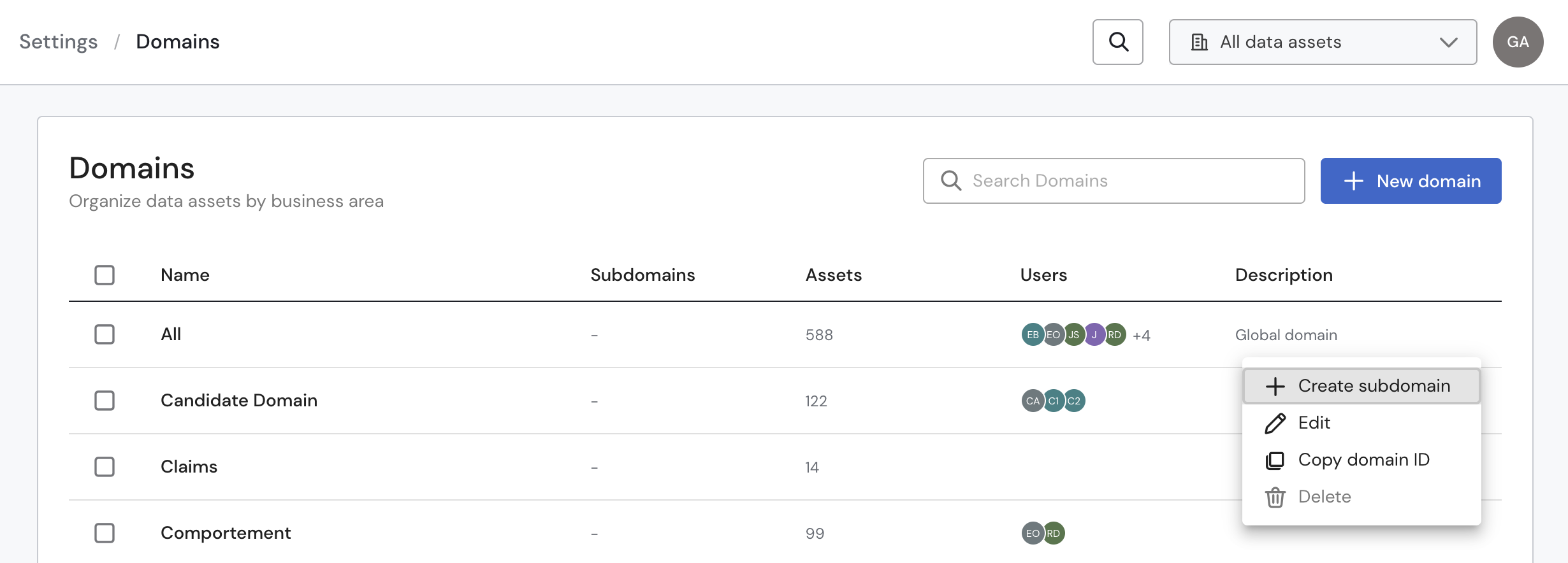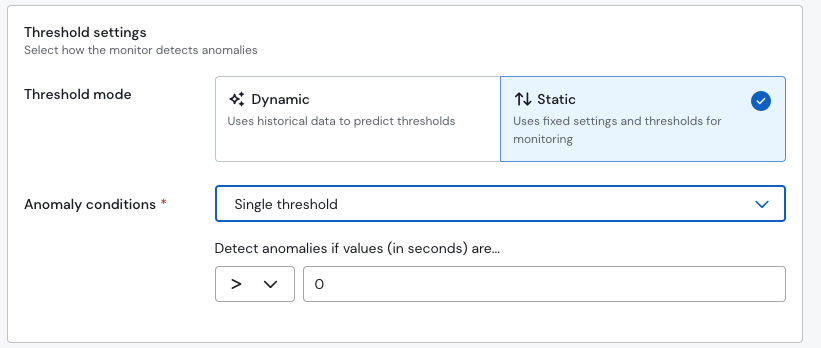Introducing Subdomains: Granular Organization & Access Control
by Gabriela RomeroWe are excited to launch Subdomains, which provide hierarchical organization and finer access control across your Parent Domains. This helps teams stay structured, manage access complexity, and ensure specific data assets are only visible to the relevant users.

🚀 Key Benefits
- Granular Access: Limit access to specific assets and users within a large domain.
- Hierarchical Structure: Organize complex domains (e.g., "Marketing" divided into "Brand Marketing" and "Digital Marketing").
- Streamlined Management: Simplify domain maintenance by delegating ownership to smaller units.










